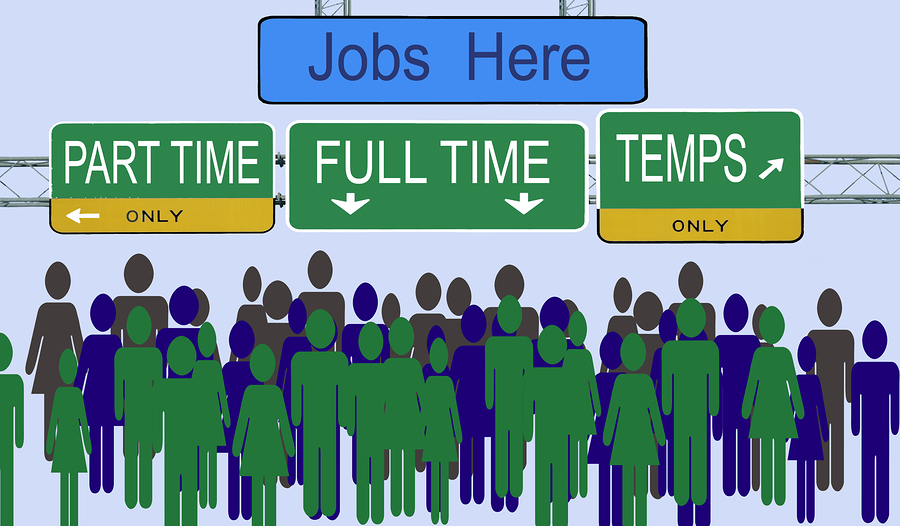Upcoming Changes to Workplace Laws

Fair Work often updates the rules regarding payroll and right now is no different! Several aspects of payroll have or will change in the very near future. Read below for the details.
1. Small Business Employers Must Offer Paid & Domestic Violence Leave from 1st August 2023
All employees in the Fair Work system, including part-time and casual employees, will soon have the right to 10 days of paid family and domestic violence leave within a 12-month period.
This new entitlement will be available to employees of small business employers (employers with less than 15 employees on February 1, 2023) starting from August 1, 2023. Employees of non-small business employers have already been able to access this leave since February 1, 2023.
Employees will receive the full 10 days of leave upfront, without needing to accumulate it over time. To help you understand and manage your new responsibilities, access the Fair Work fact sheet here. You can also find a summary of the details in our blog.
2. Paid Parental Leave Scheme Changes
From July 1, 2023, there will be some changes to the paid parental leave scheme. One of these changes is that the current 18 weeks of paid parental leave pay will be combined with the current 2 weeks of Dad and Partner Pay. This means that partnered couples and single parents will now be able to claim up to 20 weeks of pay. For more details go to this Fair Work page.
3. Right to Superannuation in the National Employment Standards (NES)
Starting January 1, 2024, the National Employment Standards (NES) will have a new provision that guarantees superannuation contributions for employees. This means that employees, employee organisations, and the Fair Work Ombudsman can make sure that employers pay the correct amount of superannuation or address any unpaid amounts under the Fair Work Act.
Employers are already required to contribute to superannuation for eligible employees according to existing laws. As long as employers meet their obligations under these laws, they will not be in violation of the NES provision.
The Australian Taxation Office (ATO) will continue to oversee employer compliance with superannuation guarantee laws.
4. Changes to Unpaid Parental Leave
Starting July 1, 2023, the Fair Work Act will bring in more flexibility for employees who take unpaid parental leave. This change is in line with updates to the Paid Parental Leave scheme. Now, employees can take up to 100 days of their 12-month leave entitlement flexibly within 24 months after their child is born or placed with them. This is a significant increase from the previous allowance of 30 days.
Pregnant employees will also have the choice to access their flexible unpaid parental leave up to 6 weeks before their expected due date.
Furthermore, employees will no longer be limited to taking a maximum of 8 weeks of unpaid parental leave at the same time as their spouse or de facto partner. Both parents can now take up to 12 months of unpaid parental leave within 24 months of their child’s birth or placement, and they can even apply for a 12-month extension beyond the initial leave period.
5. Authorised Employee Deductions
Starting on December 30, 2023, employees will be able to authorise recurring salary deductions from their employers, even if the deduction amounts change. Before, they had to provide a new written authorisation every time the deduction amount changed. With the new law, employees can give a single written authorisation that allows their employer to deduct varying amounts from their salary. The employee can still withdraw this authorisation in writing at any time. It’s worth noting that deductions for specific amounts can still be authorised if they mainly benefit the employee and are provided in writing.
Upcoming Changes to Workplace Laws Read More »





